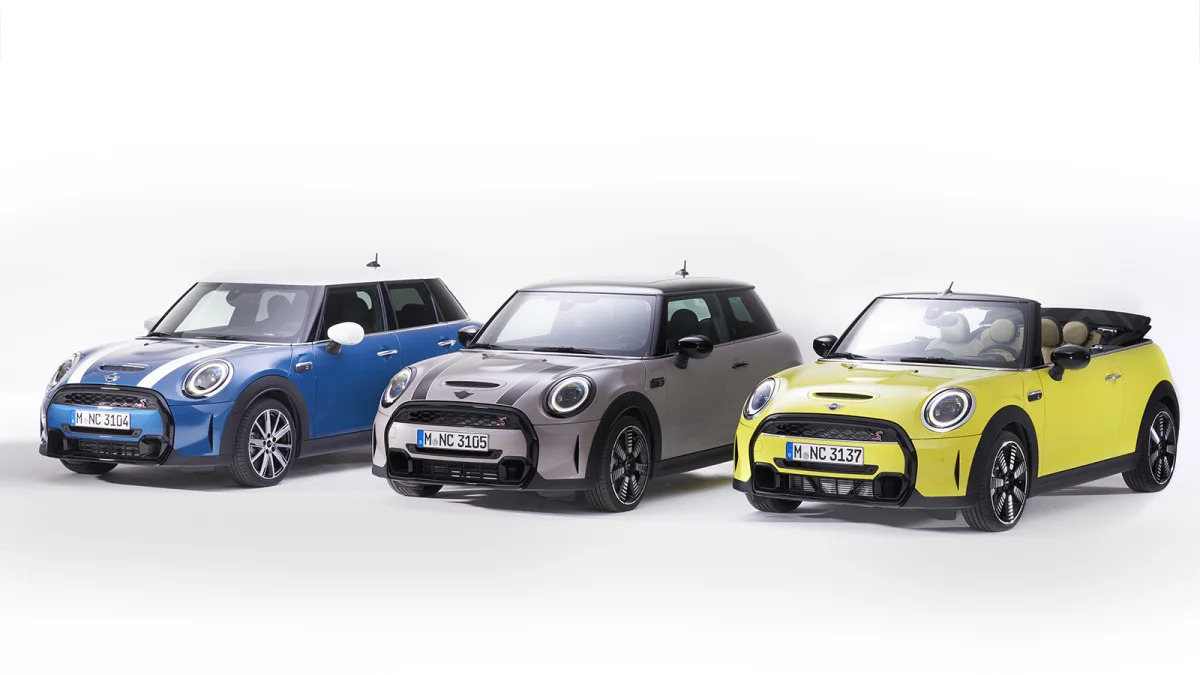In the midst of a far-reaching transformation, Mini announced that it will gradually phase leather upholstery out of its range in the coming years. It plans to fully adopt recycled fabrics in a bid to make its cars more eco-friendly.
"We don't need leather any more in the future, because we don't believe it's sustainable. We're totally convinced that we will have modern and high-value products without leather," affirmed Oliver Heilmer, the firm's design boss, in an interview with British magazine Autocar. He didn't reveal when leather will disappear completely, however.
Demand for real hides nonetheless remains relatively high; Autocar pointed out that about 54% of the new cars that Mini sells in the United Kingdom are ordered with leather upholstery, which is generally either sold at an extra cost or made standard on upmarket trim levels that come with a price premium. We've asked the company's American division to provide us with the take rate on our shores, and we'll update this story if we learn more.
Mini's shift towards recycled materials is ongoing. As of writing, 100% of the fabric it uses to upholster seats is recycled, according to the same report, and 70% of the material underneath the cloth is, too. Looking ahead, it will make interior trim pieces with recycled materials. Cork was used in the Urbanaut concept, for example.
Heilmer's comments add another piece to the next-generation Hardtop puzzle. Tentatively due out in 2023, so possibly as a 2024 model, it will embody the nameplate's biggest evolution since BMW rebooted it in 2000. It will likely still be offered with two or four doors, though the convertible is allegedly living on borrowed time, and both will be smaller than their respective predecessors. It will also showcase a purer approach to design.
Heritage will continue to shape the exterior design. Inside, the theme will come "more from a home perspective rather than an automotive one," Heilmer noted, which partially explains why stylists want to incorporate different materials. His team is still debating whether features like the toggle switches need to come back, or if they're outdated. Most can be replaced with a menu in the infotainment system, but tapping a screen is not as satisfying and a lot more anodyne than flipping a switch. Designing a new Mini requires balancing the past and the future.
"We're looking to create a timeless design. Making a one-season design, like fashion, isn't our aim with the design of future Minis," Heilmer concluded. Luckily, designers have a deep well of inspiration to draw ideas from. The original Mini built from 1959 to 2000 changed little during its production run, and it exemplifies timelessness.










Sign in to post
Please sign in to leave a comment.
Continue